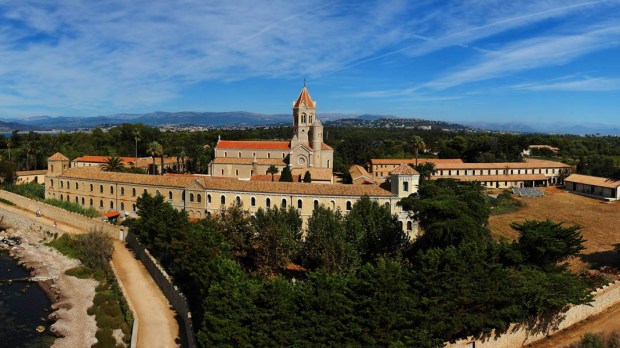The French Riviera is known for its chic beaches and picturesque cliffs. But not many people know that a few miles off Cannes, where the eponymous film festival is held each year, lies a picture-perfect island inhabited exclusively by monks.
Slide show:
Ile Saint Honorat, in English St. Honoratus Island, owes its name to a disciple of local hermit Caprasius of Lérins who moved to the then-uninhabited island in 5th century. Initially, Honoratus wanted to spend his life as a hermit but as other disciples shortly followed him. The island began to host a nascent monastic community that was known and praised by monk and writer John Cassian, known for having helped spread the ideas of Christianmonasticism to the early medieval west.
Over the next few centuries the newly built Notre Dame de Lérins Abbey started to exert significant influence on medieval Christianity. St. Maximus was elected abbot of the monastery in 426. And according to oral traditions, St. Patrick, Ireland’s patron saint, spent some time on Ile Saint Honorat to study theology. During the 6th century, a notable presence was that of French hermit St. Quinidius. A fortified monastery was built around the abbey between the 11th and 14th centuries, following attacks by Saracen and Spanish troops.
But the impressive fortification did not stop the assaults, so by the 18th century only four monks remained on the island, and in 1787 the monastery was dissolved. Following the French Revolution, the island became property of the French state, which sold it to an actress, Mademoiselle de Sainval, who lived there for two decades. Finally, in 1859, the island was acquired by the bishop of Fréjus and become the seat of a Cistercian monastery.
Today, 21 monks who are part of the Cistercian Congregation of the Immaculate Conception are the only inhabitants of the island. They spend their days praying, studying and cultivating grapes according to a technique developed in the Middle Ages—pruning, disbudding and harvest are all carried out by hand.
A tour of the monastic complex and the vineyard can be arranged via an online booking system on the monastery’s website.


